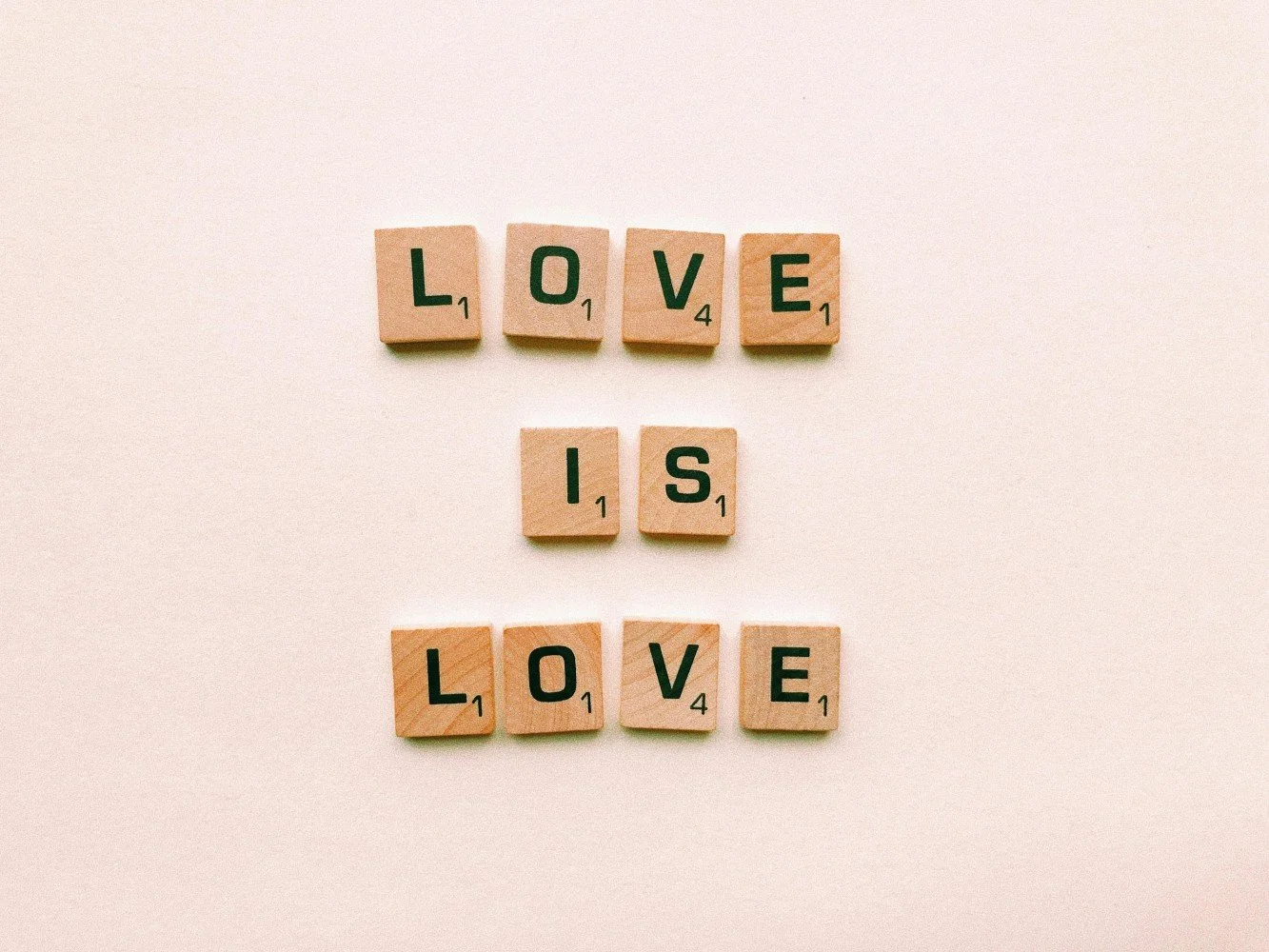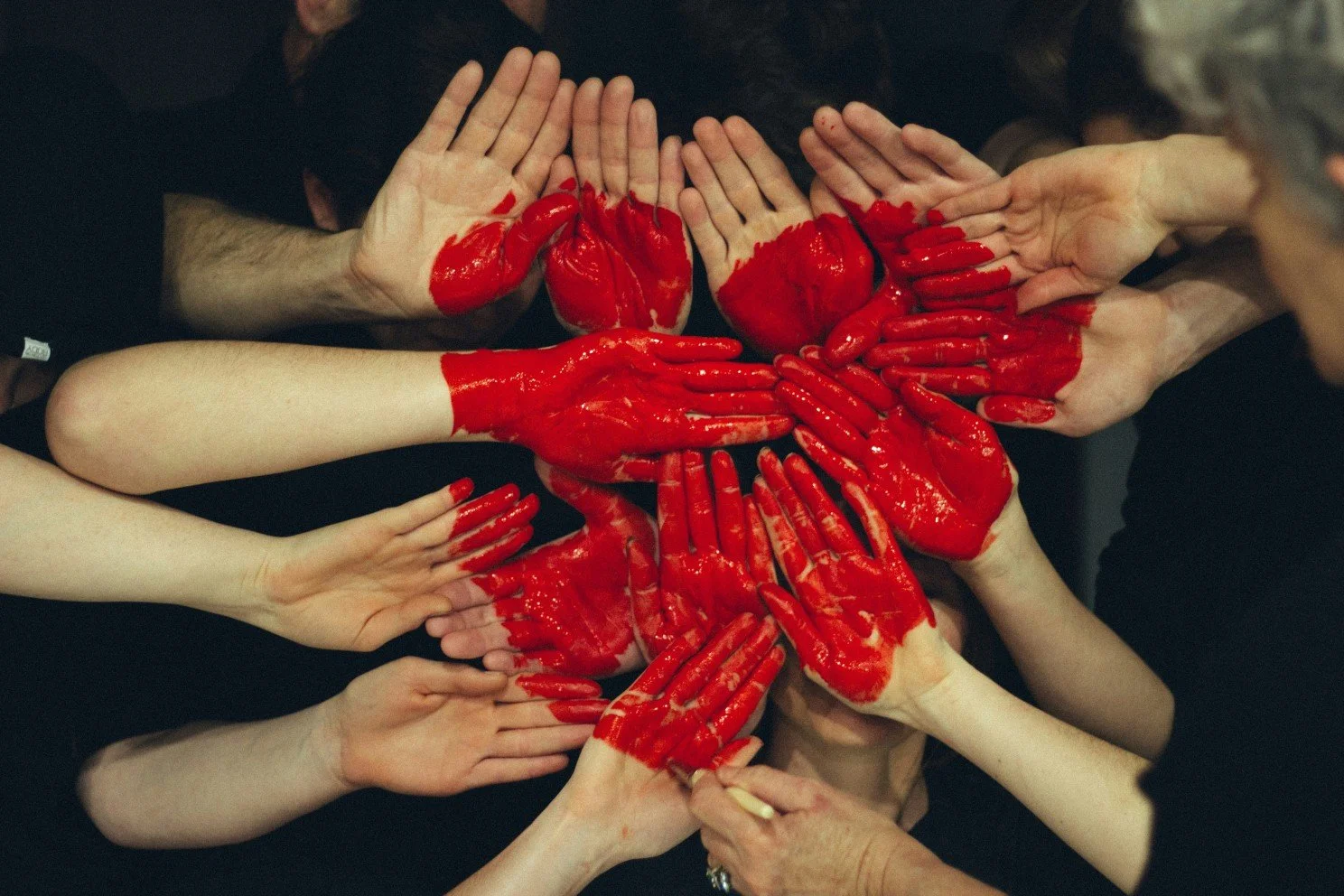Love: An Emotion, A Skill, A Science
Today we are going to talk all about love. Because to be loved is a fundamental human need.
Beyond the emotion that we experience, love is a skill that we can all cultivate, learn, and deepen in our lives. It’s not just something we feel, but something we actively engage in, day in and day out.
The way we love — ourselves and others — is shaped by experience, attachment, and deliberate effort. Let’s explore love in its complexity — and how this can transform the way we connect with others and, just as importantly, with ourselves.
Why We Love the Way We Do: Attachment and Beyond 🧩
Our ability to love and form deep connections is shaped by something called attachment theory. This psychological model helps explain how we form bonds with others, and how our early experiences shape our relationship patterns throughout life. Attachment theory reveals that we each have an attachment style, which influences how we give and receive love.
There are four main attachment styles:
Secure Attachment: You feel comfortable with intimacy and independence. You trust your partner and are able to be vulnerable.
Anxious Attachment: You may feel insecure in relationships, often seeking constant reassurance and fearing abandonment.
Avoidant Attachment: You might distance yourself emotionally, struggling with vulnerability and preferring independence.
Disorganized Attachment: You have inconsistent behaviors, torn between seeking closeness and pushing others away.
Research shows that attachment styles are malleable. A person with an anxious attachment style — characterized by a fear of abandonment — can develop greater security through relationships that provide consistency and reassurance. Similarly, someone with an avoidant attachment — who tends to withdraw in emotional situations — can learn to lean into intimacy when they feel safe. Love, when practiced with intention, has the power to reshape even deeply ingrained patterns.
💡 Reflection Moment
Reflect on your attachment style. Do you notice patterns in how you behave in relationships?
Consider a relationship where you feel secure. What about it contributes to your sense of safety and emotional connection?
The Science of Love: What’s Happening in Our Brains? 🧠
Love isn’t just an emotional experience — it’s a biological one. Neuroscience has shown us that love activates several areas of the brain that are linked to pleasure, reward, and bonding. When we experience love, our brain releases chemicals like:
Oxytocin: Often called the “love hormone,” oxytocin plays a key role in bonding and nurturing connections.
Dopamine: This “feel-good” chemical is associated with pleasure and motivation, making us feel happy and motivated when we are in love.
Serotonin: It helps regulate mood, creating feelings of happiness and contentment in relationships.
Love, in essence, is both a brain state and an emotional state, which means we can influence it with our actions. Just as we can build a muscle, we can “train” our brains to cultivate love, empathy, and connection.
💠 To keep close: Engage in bonding activities, like hugging or eye contact, with loved ones to activate oxytocin and reinforce your sense of connection. Small, loving gestures can trigger those positive brain chemicals and enhance the quality of your relationships.
Emotional Attunement & Bids for Connection 🫂
How present and connected are you in your relationships?
Psychologist John Gottman’s research on relationships highlights the importance of bids for connection — small attempts to engage with a partner, whether through a comment, a touch, or a shared joke. Long-lasting love, he found, isn’t built on constant passion but on consistently responding to these bids. Successful couples don’t just feel love; they practice it through attention, curiosity, and emotional responsiveness.
Similarly, emotional attunement — the ability to recognize and respond to a partner’s emotional needs — has been shown to strengthen relationships over time. In one study, couples who demonstrated attunement (by validating and engaging with each other’s emotions) reported greater relationship satisfaction, even when facing external stressors. Love, it turns out, is less about magical chemistry and more about showing up, again and again.
💡 Reflection Moment: How are you engaging with your partner or loved ones? What “bids for connection” can you practice today?
💠 Action Point: Try using emotional attunement today — check in with a loved one’s feelings and reflect them back with empathy.
Self-Love: The Foundation for Loving Others 💫
Self-love isn’t selfish, it’s the foundation of loving others well.
When we practice self-love, we recognize our own worth and value and treat ourselves with kindness and respect. This practice enables us to give love freely and authentically to those around us.
For some of us, self-love is a challenging process because being human is hard. Self-compassion is a skill that we are rarely taught, often misunderstood, and difficult to develop.
💡 Reflection Moment: Are you able to set healthy and maintain supportive boundaries? How do you speak to yourself in moments of difficulty or failure?
💠 Action Point: Write down one self-compassionate thought you can hold onto when you feel critical of yourself.
Love as a Skill: How Can You Practice It? 💖
To love well is not just to have the capacity for it, but to make it a consistent practice. Whether in romantic relationships, friendships, or self-love, practicing love means choosing kindness, empathy, and understanding, even in difficult moments.
Love involves both cognitive and emotional components — it’s about showing up, being present, and choosing to care, even when it’s hard. Through practice, we can build and strengthen our capacity for love, learning to love more deeply, compassionately, and resiliently. And just like any other skill, love requires intention, effort, and growth.
What if we approached love not as something we find, but as something we create?
💡 Reflection Moment: Do you need a mindset shift to view love as an active practice, rather than a passive experience?
💠 Action Point: Be intentional: integrate small acts of love into your daily routine: it could be thoughtful message to a friend, a moment of tenderness with your partner, or a kind word to yourself when you need it.
A Closing Thought 💬
To be human is to love — deeply, openly, and vulnerably.
But love is more than just a fleeting emotion; it’s a practice, a skill, a way of being in the world. By embracing love as something we can consciously shape and nurture, we can create stronger, more compassionate connections — not just with others, but also with ourselves.
Let’s Talk
Are you interested in exploring love as an emotion, a skill and a practice in more depth? Do you want to understand your attachment style and how you can cultivate more love and self-love? Are you ready to start the coaching process? Get in touch—we can discuss your needs and goals and find ways to personalize this process so you can get the most out of it.


